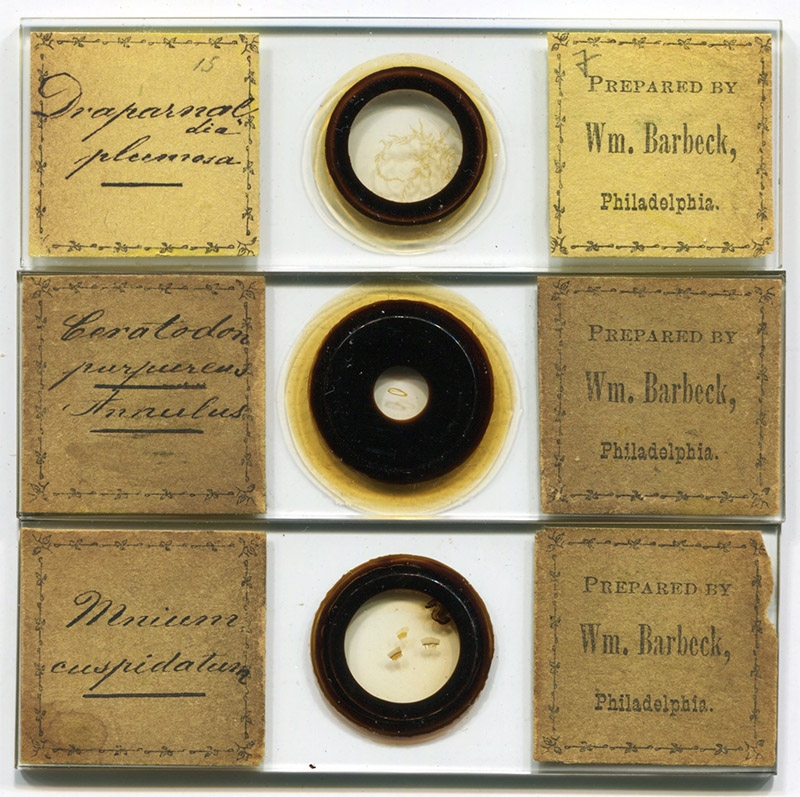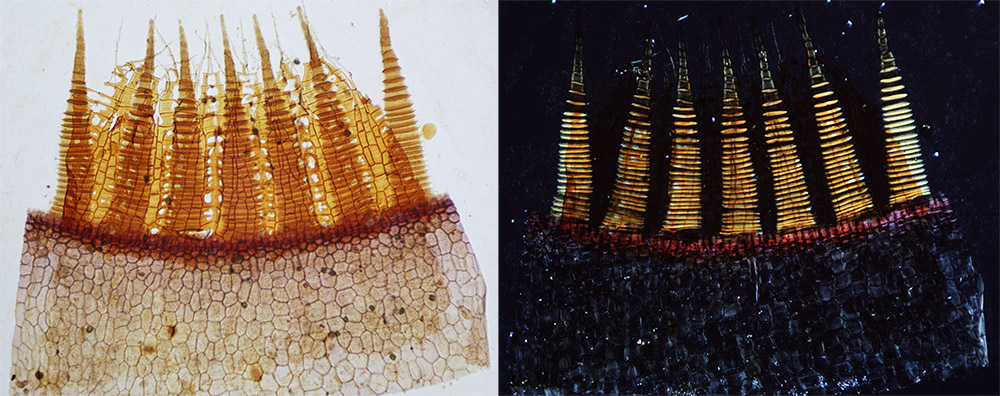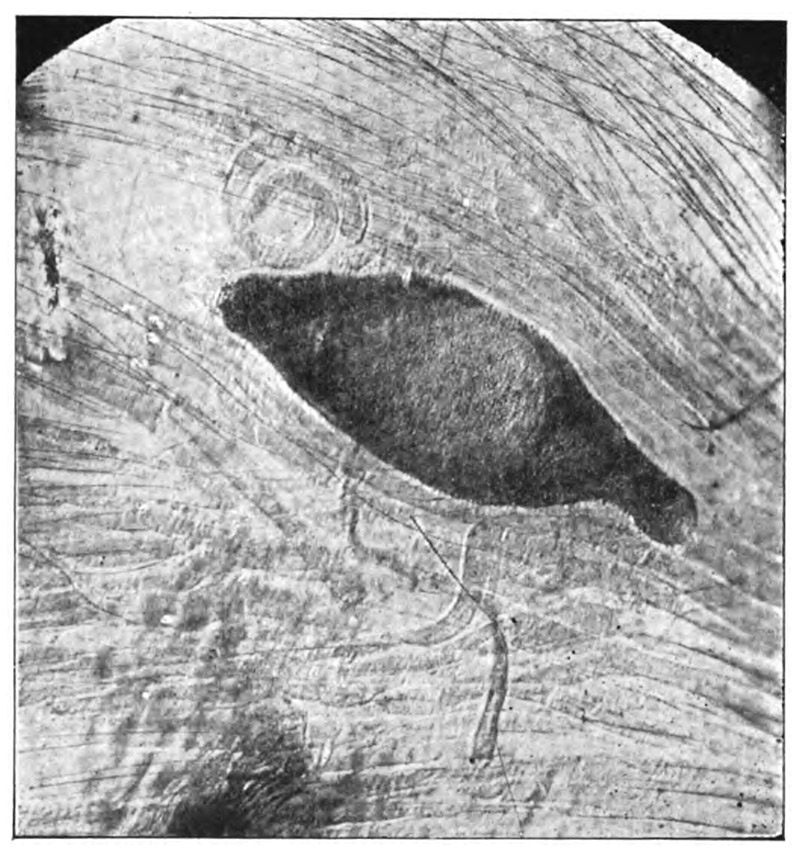
Figure 1. Microscope slides by William Barbeck. The Philadelphia address dates them to between 1874 and 1880. He continued with his microscopy interests after moving to Texas, but slides from that address have yet to come to light.
William (Wilhelm) Barbeck, 1835 - 1896
by Brian Stevenson
last updated February, 2018
Barbeck was a German émigré to the USA. He was a school teacher and principal, and an amateur microscope enthusiast. His slides and writing indicate a particular interest in botany, especially fungi. His slides are well-finished, with attractive customized labels (Figure 1).
As is the case with many other early American microscopists, Barbeck’s slides are not seen very often in auctions. Those that are known came from his 6 years in Philadelphia, Pennsylvania. He spent the following 16 years in San Antonio, Texas, where he continued with his microscopical studies, but I am not aware of any slides with that address. Those, and many other American preparations, are probably tucked away in attics (or worse). With luck, their owners of surviving microscope slides will recognize their value, and make them available to more collectors.

Figure 1.
Microscope slides by William Barbeck. The Philadelphia address dates them to between 1874 and 1880. He continued with his microscopy interests after moving to Texas, but slides from that address have yet to come to light.

Figure 2.
Magnified views of a specimen of Mnium cuspidatum (a moss). Left, transmitted brightfield; Right, transmitted light with crossed polarizing filters (polariscope). Both photographed with a C-mounted digital SLR camera and a 3.5x objective lens.
Wilhelm Barbeck was born in Hamburg, Holstein (Germany), in 1835. After completing university, he emigrated to the USA. All of his children were born in Germany, and the 1880 US census gave the age of his youngest child, Mary, as 6. This indicates that he was very likely the Wilhelm Barbeck to arrived in New York City on March 19, 1874, aboard the Goethe from Hamburg. He evidently began teaching in Philadelphia shortly afterward.
Barbeck likely learned to appreciate the microscope, and become fluent in the English language, during his university studies. In 1879, less than 5 years after arriving in America, Barbeck published “Microscopical fungi infesting our cereals”. This paper was widely reprinted and cited in both the US and England, obviously having a large impact.
He was elected to membership in the prestigious Academy of Natural Sciences of Philadelphia on May 25, 1880. He gave several presentations to the Academy, and published a paper “On the development of Lemna minor” in the Proceedings.
In addition to donations to the Academy, Barbeck donated at least five specimens of fungi to the New York State Museum of Natural History. He likely made additional donations, and exchanges, over the years.
Not long after joining the Academy, during the summer of 1880, Barbeck left Philadelphia for Texas. He became the Director of The German-English School, in San Antonio.
Barbeck remained an active microscopist for many years afterward. He regularly updated his contact information for internationally-published Naturalists’ Directory. He continued to produce slides, such as the trichinosis-infected human muscle shown in Figure 3.
Barbeck died in San Antonio in 1896.

Figure 3.
Photomicrograph of a slide made by William Barbeck in Texas. It is a section of muscle from a man who died from trichinosis, and shows a coiled, free Trichina, and an encapsulated Trichina. Published in “The Texas Medical Journal”, 1899, after Barbeck’s death.
Resources
Annual Report on the New York State Museum of Natural History (1880) Donations by William Barbeck
Barbeck, William (1879) Microscopical fungi infesting our cereals, American Naturalist, Vol. 13, pages 612-620
Barbeck, William (1880) On the development of Lemna minor, Proceedings of the Academy of Natural Sciences of Philadelphia, Vol. 32, pages 230-232
Journal of the Graduate Research Center of Southern Methodist University (1956) page 72
Menger, Rudolf (1899) Photo-micrography as related to medical and scientific research, Texas Medical Journal, Vol. 14, pages 671-681
The Naturalists’ Directory (1880) “Barbeck, Wm.. 1732 Wylie St., Philadelphia. Crypt. Bot., Mic.”, page 93
The Naturalists’ Directory (1885) “San Antonio: Barbeck, W., B., Mc. (Botany, Microscopy)”, page 249
The Naturalists’ Directory (1894) “Barbeck, Wm., San Antonio, Texas. Crypt. Bot. Mic.”, page 13
Passenger list of The Goethe (1874) accessed through ancestry.com
Proceedings of the Academy of Natural Sciences of Philadelphia (1880) Minutes of the May 25 meeting, Vol. 32, page 159
San Antonio, Texas, City Directory (1881) “Barbeck William, director German-English school, r. nw cor King William and Johnson”, page 96
San Antonio, Texas, City Directory (1887) “Barbeck William, principal German-English school, ws S. Alamo bt Nueva, Arciniega, r. same”, page 73
Scientific American (1880) Report of the February 14 meeting of the Academy of Natural Sciences of Philadelphia, “At a recent meeting of the Philadelphia Academy of Natural Sciences, Professor Barbeck described a number of skeletons, which showed beautifully the combined movements of the chest, larynx, and other parts engaged in the mechanism of breathing. Several skeletons of snakes, which had been treated with the fluid more than a year previously, permitted of undulatory and spiral movements”, Vol. 42, page 104
US census and other records, accessed from ancestry.com